by Brianne Deerwester, Daniel Majano, Shawn Gregg
The 2023 revision of NFPA 70B: Recommended Practice for Electrical Equipment Maintenance brought about a new era of electrical safety in the workplace. Formerly a recommended practice, NFPA 70B is now the active standard that sets official guidance for how facilities should address electrical maintenance needs for their equipment and building operations.
NFPA 70B is part of a three-pronged approach for the electrical safety of a facility. NFPA 70, or the National Electric Code, is the essential industry standard for installing and utilizing electrical equipment. Then, NFPA 70E: Standard for Electrical Safety in the Workplace introduced recommendations for conducting safe work on the job site. The industry and NFPA took the next step by updating NFPA 70B to a standard to educate facilities on establishing an electrical maintenance plan.
Prior to the standardization of NFPA 70B, maintenance of electrical systems was often left to a facility’s discretion, which was not ideal for a number of reasons. The recent move to “mandatory” not only helps ensure consistency across the industry but it also has a significant, positive impact on maintenance, operations, and worker safety. The benefit of NFPA 70B moving from a recommended practice to an active standard is having a consistent set of guidelines on electrical maintenance across all facilities. It is no longer a subjective matter handled differently across the industry.
The Impact of NFPA 70B on Maintenance
At a high level, NFPA 70B helps ensure that an organization’s maintenance practices are both aligned with the industry standard and consistent. Although some facility owners might feel that meeting the standards is too overwhelming, too expensive, or that they lack the right staff to ensure compliance, NFPA 70B is actually designed to make the change as streamlined as possible. For example, it specifically outlines the initial steps that owners must take—if they haven’t already—by categorizing their equipment and noting the criticality of that equipment. From there, it outlines how often that equipment must be maintained based on several factors, including age, type of equipment and how critical that piece of equipment is.
Adhering to the electrical maintenance standards can also have a significant impact on operations. When a facility does not conduct maintenance promptly, it risks unplanned outages and equipment failures. Proper maintenance can extend the expected lifespan of equipment, potentially improving the overall ROI. It may even increase energy efficiency throughout the facility by ensuring that equipment runs optimally.
Ultimately, NFPA 70B helps organizations mitigate risk. By not following NFPA 70B, they risk encountering problems and OSHA involvement—due to a failure or injury—leading to hefty fines. As of January 2024, OSHA’s maximum penalty for serious and other-than-serious violations is $16,131 per violation, while the maximum penalty for willful or repeated violations is $161,323 per violation. And unplanned outages or downtime can cost facilities hundreds of thousands or even millions of dollars, depending on the facility and length of the outage.
Shifting the Focus to Safety
You can’t talk about maintenance without mentioning safety. The importance of keeping employees safe on the job site while conducting work cannot be understated. Complying with NFPA 70B can eliminate complacency, which is one of the leading causes of electrical injuries and Occupational Safety and Health Administration (OSHA) violations.
Equipment that’s not properly maintained—or worse, not maintained at all—is a major safety risk. If a machine goes down without warning, that failure could injure or even kill workers. According to data ESF compiled from the U.S. Bureau of Labor Statistics, between 2011 and 2022, construction and extraction occupations; installation, maintenance and repair occupations; and building and grounds cleaning; and maintenance occupations have the highest rate of electrical fatalities. An electrical injury typically involves three days away from work, with the potential for more downtime if an investigation is required.
And injuries or fatalities resulting from not being in compliance can result in hefty fines and workers compensation claims, not to mention higher insurance premiums.
Utilizing connected safety solutions, Internet of Things (IoT) devices and other digital solutions can be extremely helpful in meeting NFPA 70B requirements while simultaneously enhancing a facility’s overall safety. Cameras, sensors and IoT devices can monitor hazards such as humidity, vibration and temperature, and send alerts before they reach potentially unsafe levels or cause equipment failures.
These solutions can help facilitate a proactive and predictive approach to maintenance by making it easier to understand when scheduled maintenance or safety audits were last conducted. For example, they can show when a piece of machinery was last inspected, provide an outline of the facility and equipment, and note if a piece of equipment was moved, or if a component of that equipment was moved in a way that may affect safety. This allows for greater visibility into practices that may have been ignored because they were not always required.
Shifting From a Reactive to a Proactive Mindset
Moving from a reactive mindset to a proactive mindset about maintenance can certainly be a challenge. However, when an organization sees the value of preventative measures and the available tools, they will understand the long-term benefits for their asset management, compliance management and the overall business continuity by switching to proactive maintenance. The key to remember is that, ultimately, their employees’ safety and lives are at stake. Businesses that have been reactionary for many years will need a timeline to convert to a preventative state, which will include the creation of policies, standard operating procedures, new functions and the establishment of a safety culture overall.
It’s also important to understand that if maintenance isn’t regularly conducted, a problem will eventually occur. NFPA 70B protects facility owners by requiring this maintenance to help protect their employees and their bottom line.
Although NFPA 70B is a major change in the industry, help is available. For those who may be struggling to understand NFPA 70B or how to be compliant, there are partners that can help. In addition to making recommendations on how to create a compliant maintenance program, they can also provide training and consultations about electrical safety and solutions that can meet their needs.
The bottom line is that deferring maintenance can lead to unscheduled downtime, lower the lifespan of electrical equipment and put a workforce at risk. By following the guidelines outlined in NFPA 70B, facilities can improve the safety of a workplace and the safety of workers. By investing in preventative maintenance and upgrading to newer electrical systems, workplaces can help reduce total operational costs. Safety education and NFPA 70B compliance will increase the overall safety of the workers.
Originally published by Buildings Magazine at https://www.buildings.com/building-systems-om/article/55055827/nfpa-70b-what-the-change-means-for-maintenance-operations-and-safety
Brianne Deerwester is the Communications Coordinator for the Electrical Safety Foundation (ESF). Since 2019, she has handled traditional and social media for ESF, promoting electrical safety at home and in the workplace. Brianne works to secure placements in national, local, and industry publications to expand ESF’s influence and reach as the leading authority for electrical safety.
Daniel Majano is the Program Manager at the Electrical Safety Foundation (ESF). Since 2014, he has developed and managed programs dedicated to advancing electrical safety to prevent electrically related injuries, deaths, and property damage in both workplace and residential settings. Daniel has led ESF’s effort to compile workplace and residential electrical safety data. Daniel was the recipient of the 2024 IEEE Electrical Safety Workship Young Professional Achievement Award for his work to help reduce the number of electrical fatalities in the United States.
Shawn Gregg started his career as a Safety Engineer and later held many senior executive positions for one of the world’s largest personal protective equipment companies. As Vice President of Global Safety at Wesco, he leverages his industrial safety industry experience, knowledge, and technical expertise to help develop and deliver innovative solutions to keep workers safe.

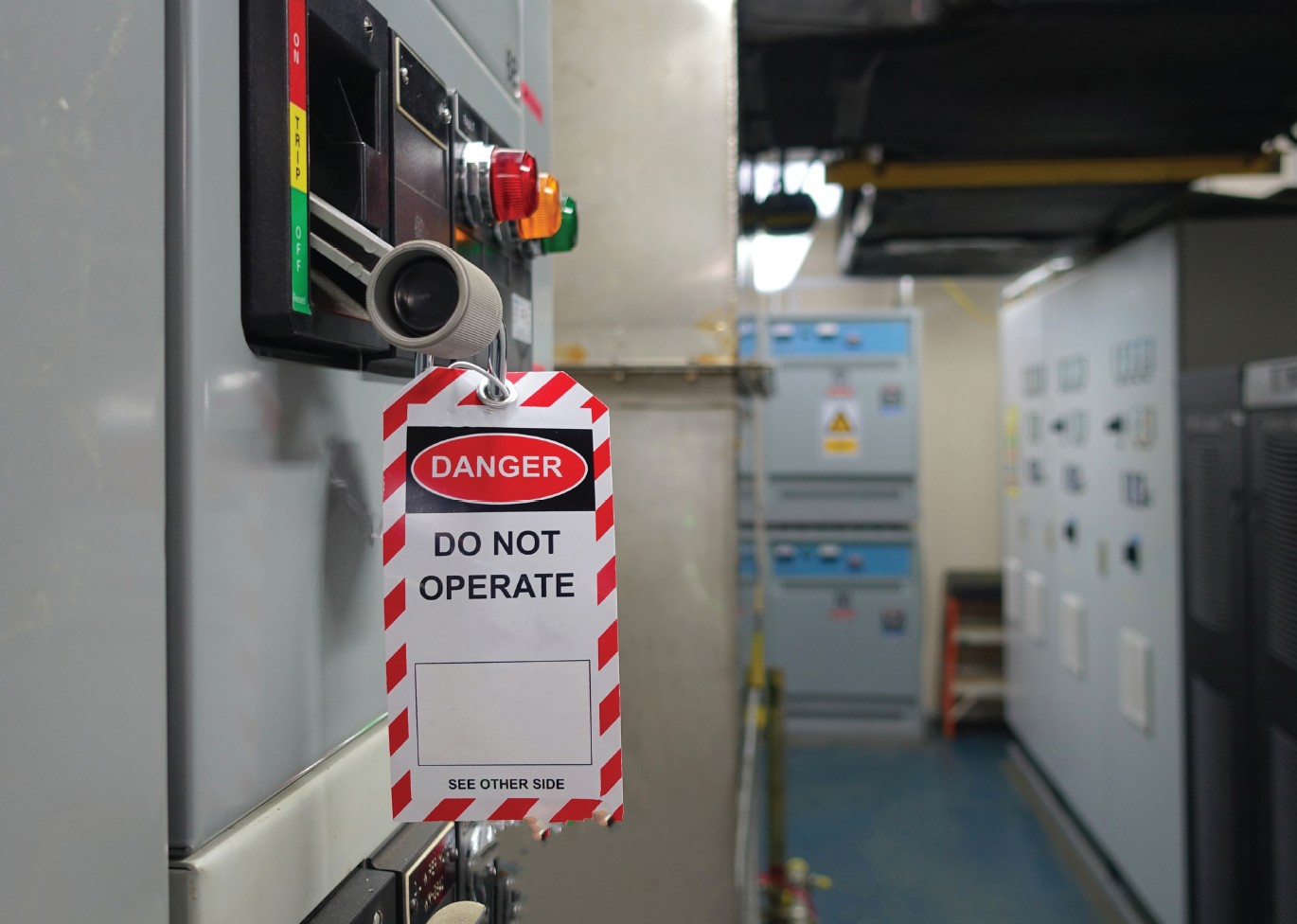
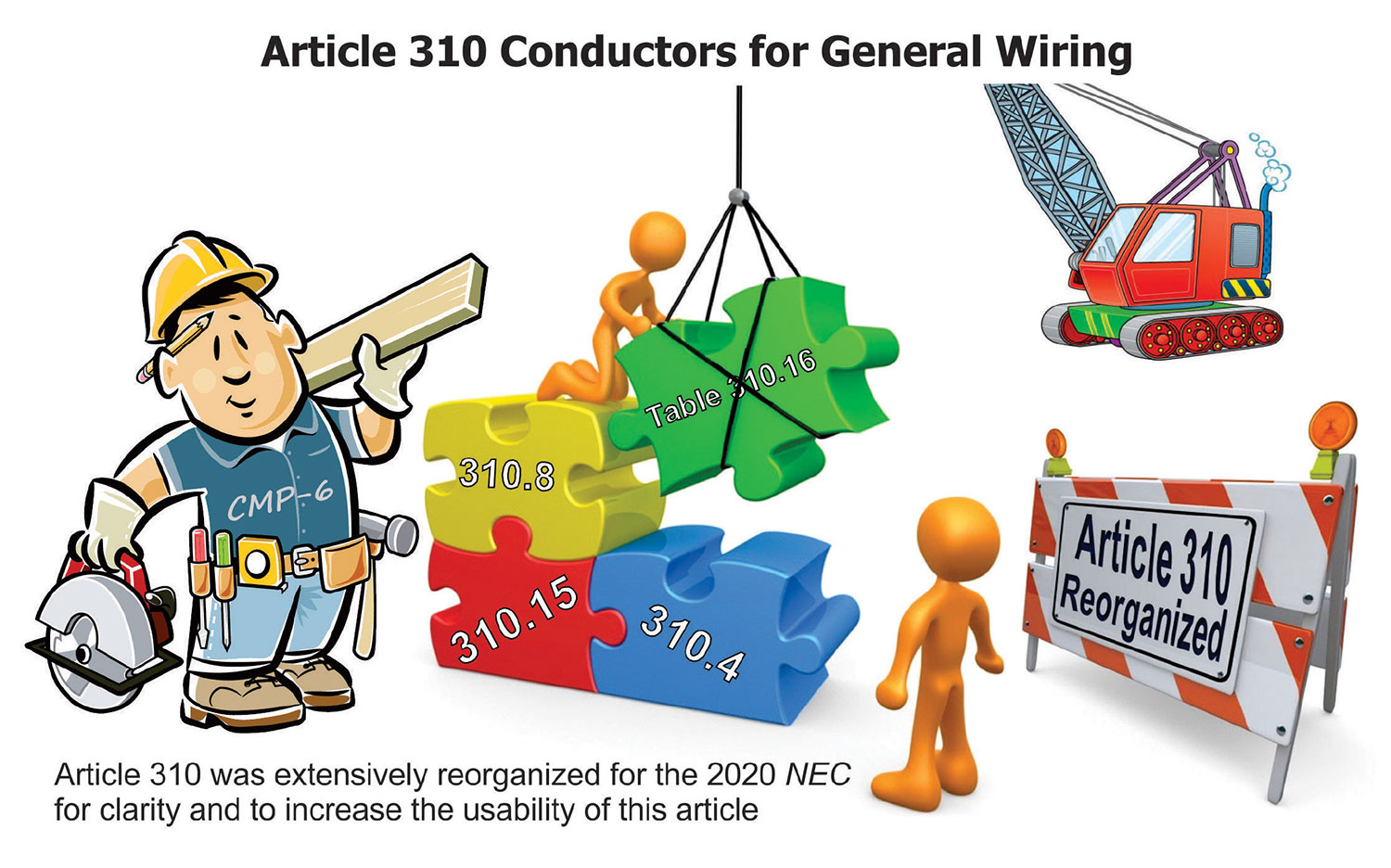
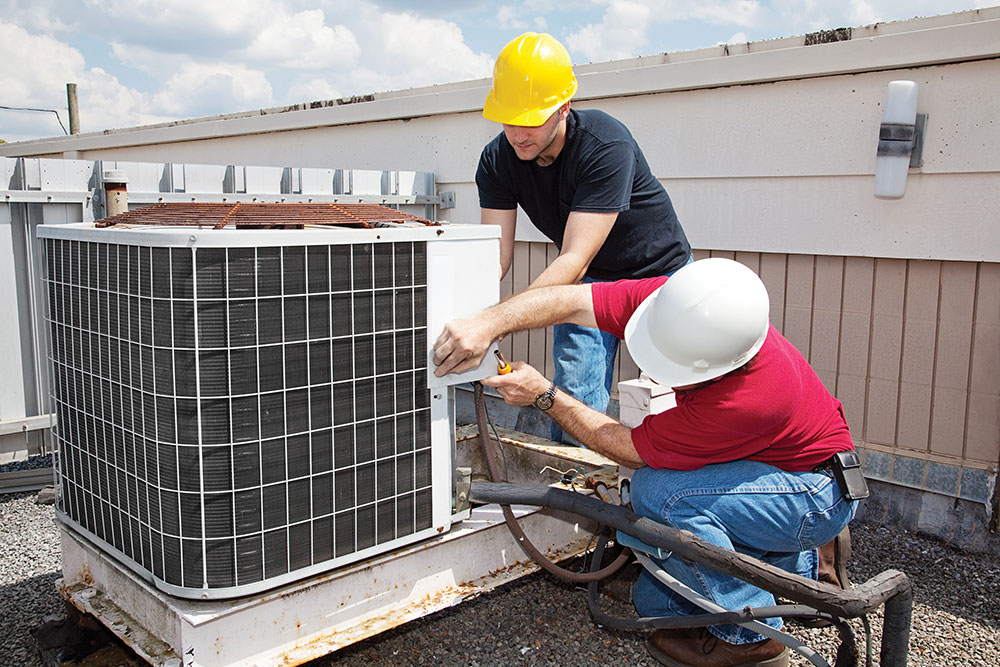

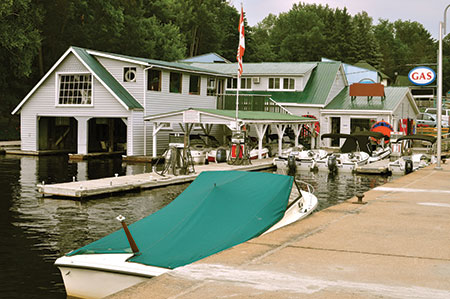


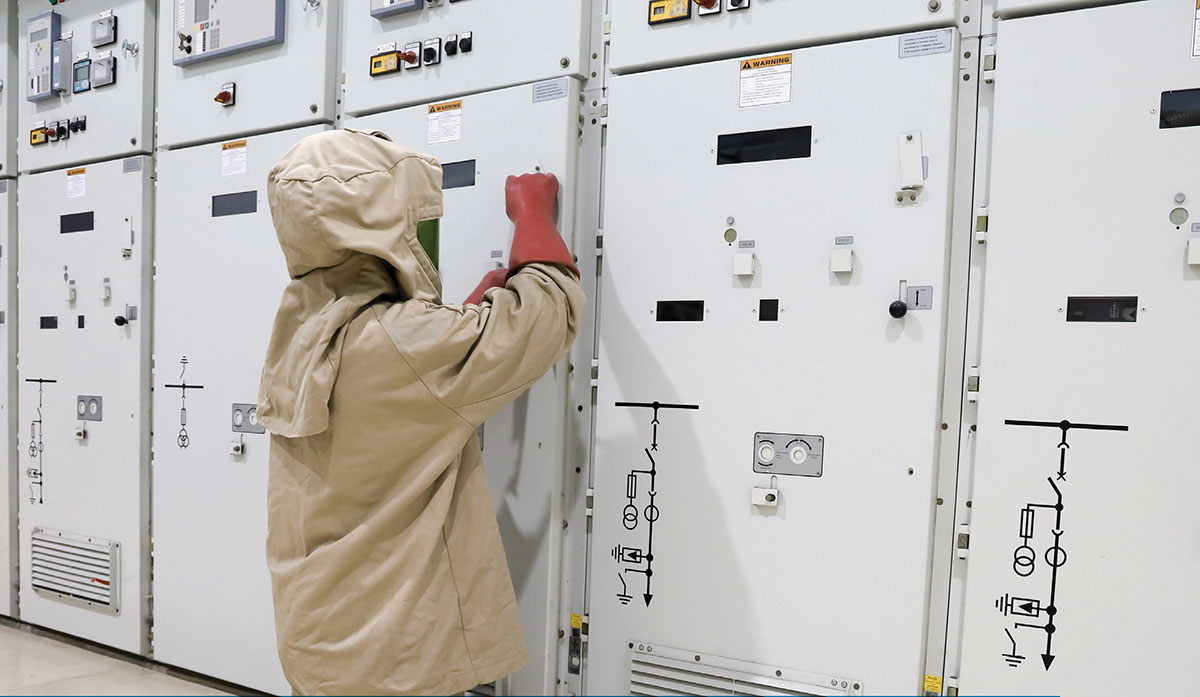

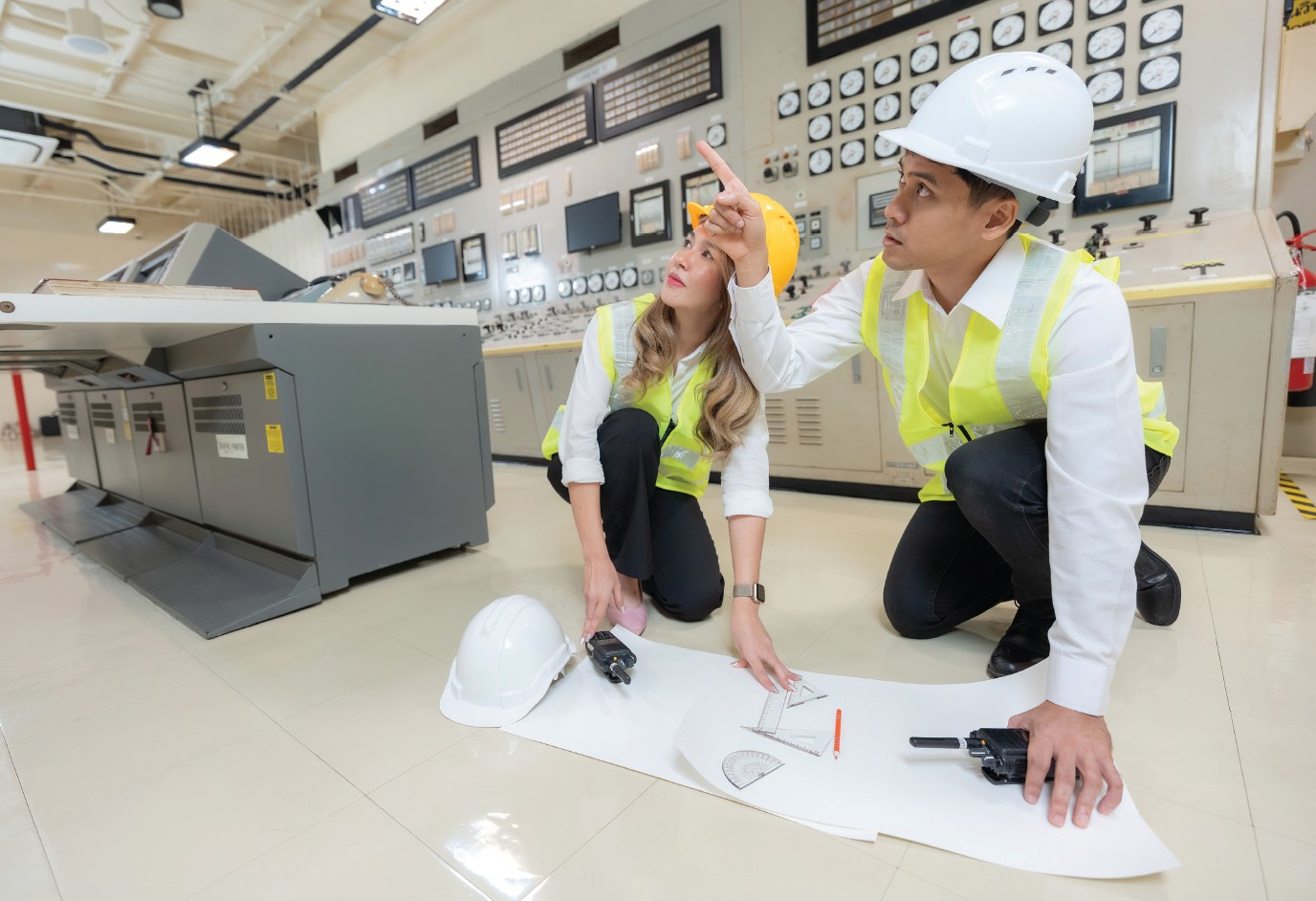
Find Us on Socials